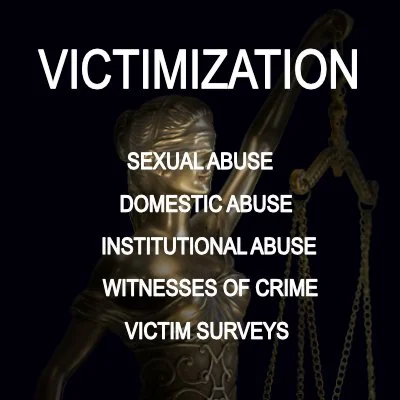By The Royal Commission into Violence, Abuse, Neglect and Exploitation of People with Disability
Violence against, and abuse, neglect and exploitation of, people with disability in Australia occur in multiple forms and affect almost every aspect of many people’s lives. This volume of our Final report provides an account of the nature and extent of the violence, abuse, neglect and exploitation people with disability experience in different settings and contexts and across their different life stages. It sets out what occurs in people’s homes and other residences, at school, at work, while socialising, when going about everyday life and when engaging with services and supports. It examines violence, abuse, neglect and exploitation perpetrated by individuals and resulting from systemic and structural barriers, practices and failures. It illustrates how this can alter the life trajectories of people with disability and affec
Key points Violence and abuse • Across all age groups, a greater proportion of people with disability experience violence than people without disability. People with disability also experience violence more frequently. • Rates of violence are particularly high for: ◦ women with psychological or intellectual disability ◦ First Nations women with disability ◦ young women with disability. • More than half of people with disability aged 18 to 64 (55 per cent) have been physically or sexually abused since age 15 compared with 38 per cent of adults without disability in that age group. • People with disability who experience violence are more likely to know the perpetrator than people without disability who experience violence (81 per cent compared with 60 per cent). They are more likely to experience violence in all relationships, including with intimate partners, family members, friends and co-workers. • Forty-six percent of people with disability have been subjected to violence by a stranger. Neglect • Neglect of people with disability occurs in multiple forms. It includes deprivation of basic necessities of life; disability-specific forms of neglect, such as a failure to provide assistance with daily activities; and being excluded from quality settings and services, including education and health care. It includes a failure to provide an environment in which an individual can thrive, and being denied the right to develop personal relationships, friendships or engage in community activities. • Neglect also occurs through failures to prevent the risk of violence, abuse, neglect and exploitation. • Data on neglect of people with disability is limited. Exploitation • People with disability have shared experiences of financial and sexual exploitation by other individuals. Exploitation also occurs through ‘capturing’ of a person’s NDIS services and through payment of very low wages. Data on exploitation is also limited. Practices that deny or diminish autonomy, health and wellbeing • People with disability are disproportionately subjected to practices that deny them their autonomy and can have adverse impacts on their health and wellbeing. These include restrictive practices, such as being physically and chemically restrained; guardianship and administration; and indefinite detention. Segregated environments • Some people with disability have no choice but to live, attend school, work or socialise in completely segregated environments. Forced segregation and limiting people’s access to the community are forms of abuse and neglect.1 Intersecting experiences • Individuals and groups of people with disability experience intersecting forms of discrimination and disadvantage. This includes First Nations, culturally and linguistically diverse, and LGBTIQA+ people with disability. Life outcomes • People’s life trajectories and life outcomes can be profoundly influenced by violence, abuse, neglect and exploitation. ◦ An estimated 400 deaths each year of people with intellectual disability aged 20 and above are considered potentially avoidable. ◦ Nearly half (47 per cent) of working-age people with disability are not in the labour force, a rate that has not substantially changed in 25 years. Costs of violence, abuse, neglect and exploitation • In addition to the high personal cost to people with disability, violence, abuse, neglect and exploitation have a significant cost to Australian society more broadly. In total, this is estimated to be at least $46 billion annually.
Sydney: The Royal Commission into Violence, Abuse, Neglect and Exploitation of People with Disability 2023. 312p.


